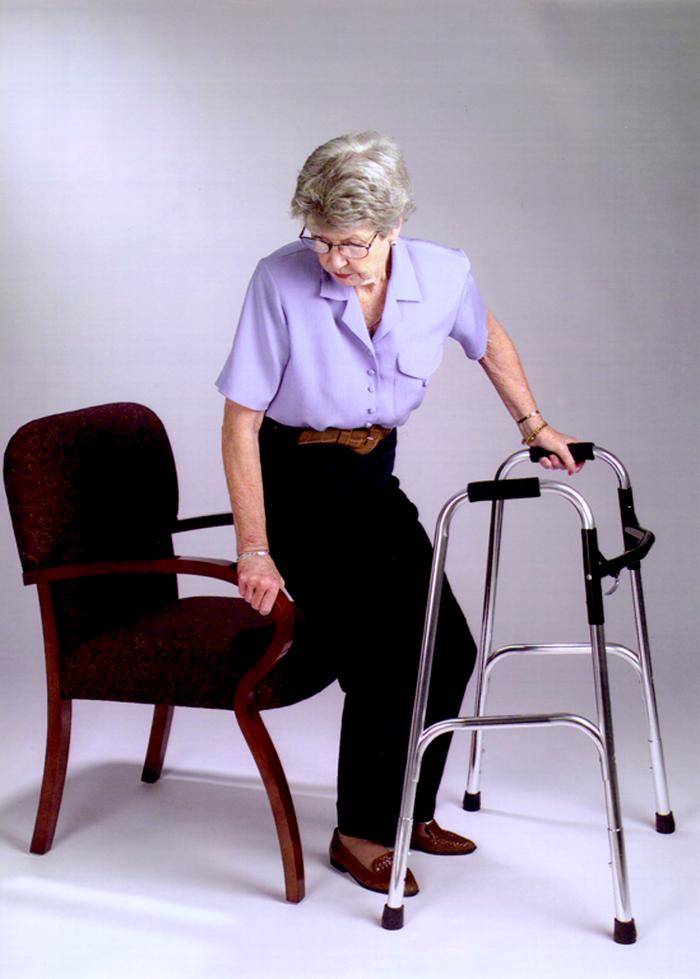Fall Prevention

Falls are the leading cause of injury in adults 65 and older and are the second leading cause of accidental or unintentional injury deaths worldwide. In the United States, 20–30% of older people who fall suffer moderate to severe injuries such as bruises, hip fractures, or head traumas. Between 30% and 40% of adults aged 65 years or older living at home fall at least once per year. Fortunately, falls are largely preventable.
The United States Preventive Services Task Force (USPTF) issued three major recommendations on fall prevention. These recommendations include an evaluation by your physician, an exercise or physical therapy routine, and a daily vitamin D supplement.
To prevent falls, begin with a thorough examination by your physical therapist or physician. Be sure to discuss medications, both prescription and over-the-counter, with your medical professional. Request a screening of your living environment for safety hazards. Having a vision exam at least once a year to update eyeglasses ensures maximum vision.
Exercise has many overall health benefits. Performing exercises prescribed by a trained health professional regularly and focusing on increasing leg strength and improving balance will aid in preventing falls and injury. Mild weight-bearing exercises, such as walking or climbing stairs, may help slow bone loss from osteoporosis.
Vitamin D and calcium are essential nutrients that work together to keep bones strong. Both nutrients are found naturally in foods but they also can be taken as dietary supplements. It is also recommended that all individuals, of any age, know how their medications, both prescription and over-the-counter, affect them. Warning labels that indicate drowsiness or nausea after consumption increase the risk of a fall.
